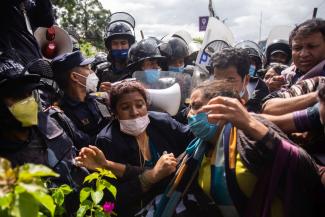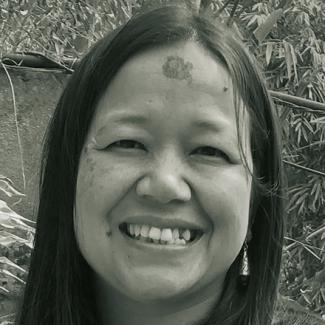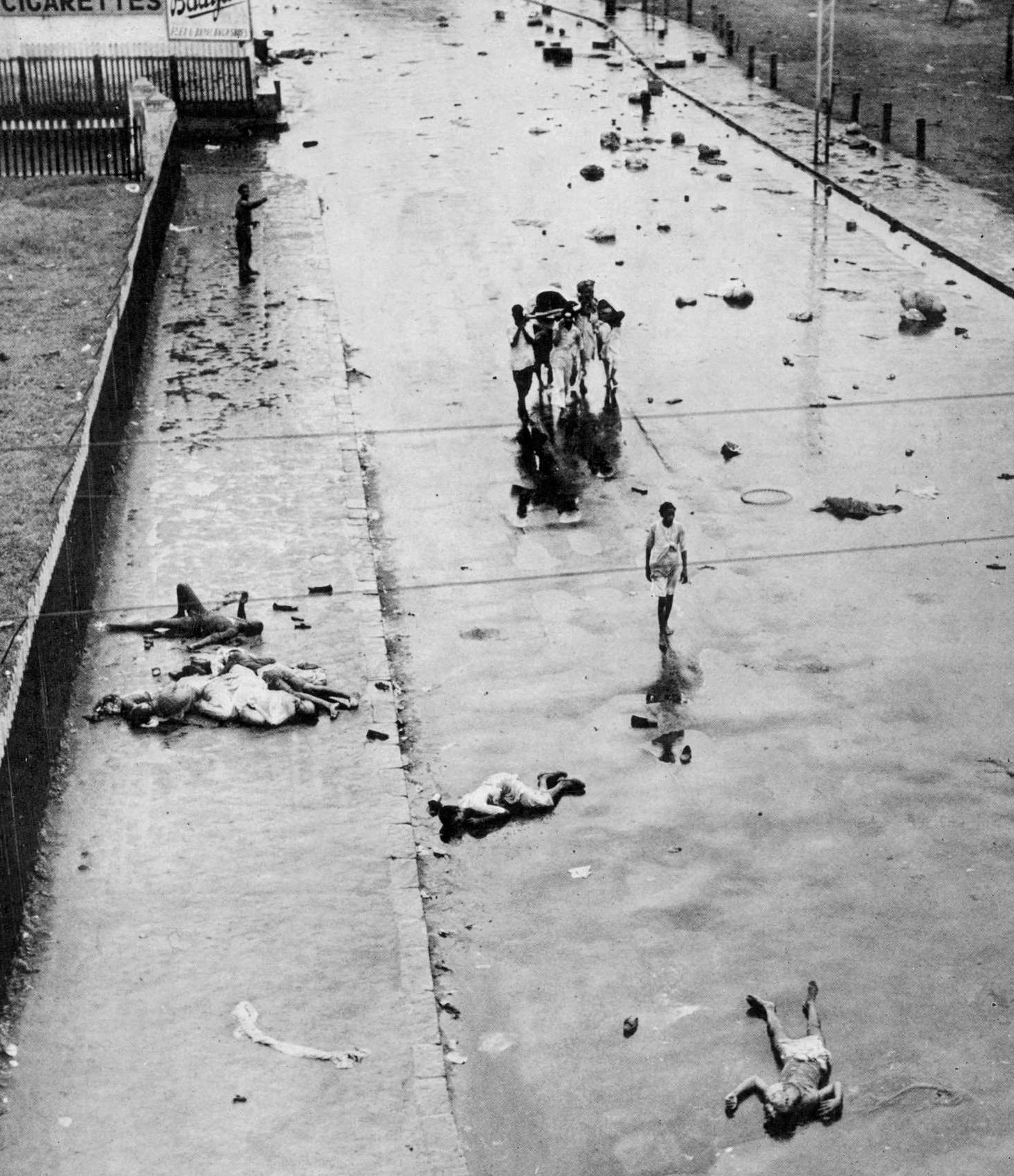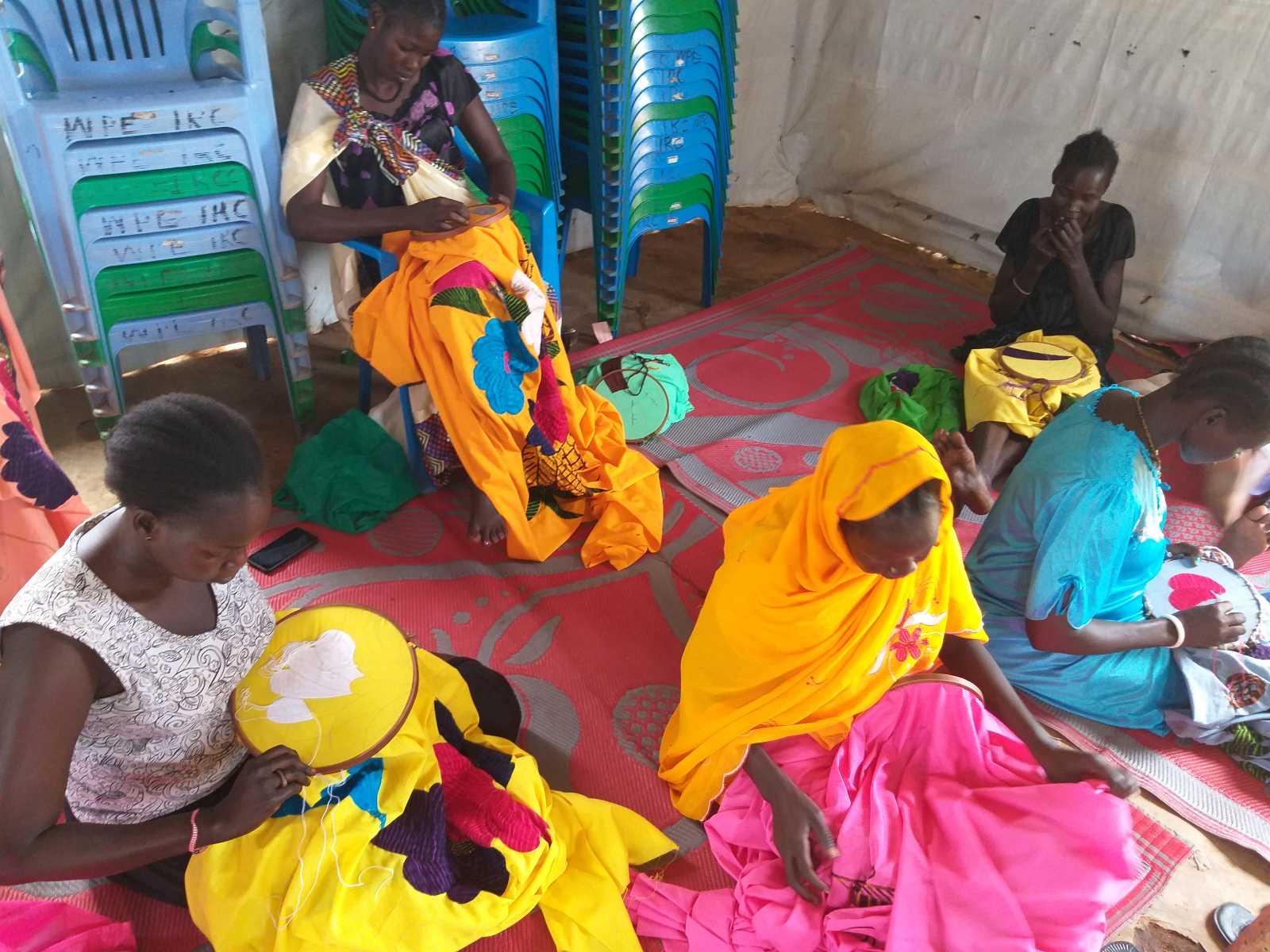Caste-based discrimination
Nepal must do much more to protect most vulnerable community

For a relatively small country of 29 million people, Nepal has a wealth of ethnic and caste diversity. The government counts a total of 126 ethnic groups and social castes – hereditary groups with a fixed ritual status – according to its most recent census in 2011.
Nepal’s Hindu caste system has four main social strata, ranging from the Brahmins at the top to the Sudra, also known as Dalits or Untouchables, at the bottom. Separately, more than one-third of the population consists of indigenous peoples, known collectively as the Adibasi Janajatis, which include 63 ethnic groups. Over the centuries, the non-Hindu indigenous groups were incorporated into the Hindu caste system, although they did not adopt all of its practices. Things are similar in India.
Ethnic and cultural diversity can be a strong point for a country. But diversity can also be a great weakness when it involves discrimination and violence between groups. Unfortunately, Nepal’s caste system continues to foster such discrimination and violence, especially against Dalits.
Nepal’s first written law – the Muluki Ain (National Code) – took force in 1854 and was based on the caste system. A new Muluki Ain was promulgated in 1963. It used more caste-neutral language and outlawed some forms of discrimination. Nepal, moreover, signed the UN Convention on the Elimination of All Forms of Racial Discrimination, which took effect in 1969. The country thus committed to equal rights and dignity for all. Nonetheless, progress stayed very slow. Despite various legal reforms, traditions of discrimination persisted.
In May 2011, Nepal’s parliament passed the Caste-based Discrimination and Untouchability (Crime and Punishment) Act. This law specifically prohibits discrimination based on custom, tradition, religion, culture, rituals, origin, caste, race, descent, community, occupation or business. It imposes punishment for caste-based discrimination, as do provisions of the country’s Civil and Criminal Codes of 2017. The Constitution of 2015 also guarantees fundamental rights to Dalits.
In practice, caste-based discrimination and violence persist nonetheless. A centuries-old caste consciousness continues to determine identity and social status. This consciousness permeates all levels of society. Even public officials and educated people hold caste-based prejudices and practice discrimination.
Ostracism and violence
The brunt of the discrimination is felt by the Dalits, the Untouchable people – a general category that comprises some 20 different groups. Dalits comprise 13.6 % of Nepal’s population, or about 3.6 million people, according to the 2011 Census. The idea of untouchability arose centuries ago when privileged classes came to regard aboriginal tribes with “uncertain means of livelihood” as impure.
That view eventually translated into a generalised ostracism. Dalits today face physical and psychological abuse in almost all areas of life. They suffer poverty, landlessness, segregation and discrimination in public and private spheres. They are not allowed to enter places of worship. The so-called upper castes will not accept food or water that has been touched or handled by them. Dalits who qualify as medical practitioners have trouble getting jobs. Inter-caste marriages involving Dalits face strong disapproval.
Often Dalits are subjected to violent attacks and even killings. Dalit women are vulnerable in particular. All too often, they become victims of trafficking and sexual slavery. In 2007, around 400 Dalit women from the Badi community came to the capital, Kathmandu, to protest against a widespread practice of forcing girls from their community into prostitution. They also demanded better housing, land to establish farms and free education for children. Their pleas went unheeded.
Discrimination and violence against Dalits continues to the present day. The murders of six young Dalit men in May 2020 in Nepal’s mid-western region attracted worldwide attention due to the caste hatred involved. Nawaraj Bishwakarama, a 21-year old Dalit man, and five of his friends were killed while trying to bring Bishwakarama’s 17-year old upper-caste girlfriend from her village to theirs. The girl’s family and neighbours reportedly attacked and killed the young men.
On the same day in western Nepal, 13-year-old Angira Pasi, a Dalit girl, was found hanging from a tree. On the previous day she reportedly was raped by 25-year-old Birendra Bhar. Instead of referring the rape case to the police, local residents and their ward representative decided that the young girl would be married to Bhar. Due to the stigma attached to rape, Angira’s mother agreed to this arrangement and sent her to the Bhar family home.
At the Bhar home, however, Birendra Bhar’s mother refused to let her in, and beat her instead. After she was found dead, police initially refused to bring a case against Bhar; they relented only after a public outcry.
Such incidents are unfortunately widespread. The catalogue of shame is a long one. In September 2020, for example, a 12-year-old Dalit girl was raped and murdered. In June 2018, a 21 year old female Dalit social activist was gang-raped and murdered. Also in 2018, Mana Sarki, a Dalit ward representative, was beaten to death in her home. In 2016, Ajit Mijar, an 18-year old Dalit man, was murdered for marrying a girl from the so-called upper caste.
According to media reports, over two dozen Dalits have been killed for breaking caste-based norms since 2011. Many of those killings were related to inter-caste marriages. In one year alone – the fiscal year that ended in mid-July 2020 – 30 crimes related to untouchability were registered with police officials in Nepal.
Justice denied
These figures are the tip of the iceberg. Many incidents go unreported due to Dalit people’s fear of reprisals and worries about being shunned even within their own communities. A veil of silence hides systematic denial of justice to Dalit victims and their families. Police are sometimes suspected of turning a blind eye to crimes against Dalit people.
The UN’s Committee on the Elimination of Racial Discrimination (CERD) – a group of experts that monitors member states’ implementation of the Convention on the Elimination of All Forms of Racial Discrimination – has repeatedly expressed concerns over caste-based discrimination in Nepal. In May 2018, it cited Nepal for poor implementation of its anti-discrimination laws. The Committee said Dalit people are still barred from places of worship, public spaces, public sources of food and water, educational facilities and housing areas used by other castes.
The CERD called on Nepal to ensure that the police records all complaints of race-based discrimination. Cases must be thoroughly investigated, prosecuted and sanctioned. The UN experts also insisted that Nepal ensures that victims receive appropriate compensation.
Unfortunately, Nepal has made little progress towards meeting those goals. The government is failing to meet its obligation to protect Dalits and to ensure accountability for caste-based crimes. This gives perpetrators a sense of impunity, with the result that Dalits continue to face a wall of discrimination and violence.
In January 2021, the UN Human Rights Council made recommendations in the context of the third cycle of its Universal Periodic Review. What impact that will have, remains to be seen. Deep-rooted social attitudes tend to change slower than new legal principles are adopted.
Rukamanee Maharjan is an assistant professor of law at Tribhuvan University in Kathmandu.
rukamanee.maharjan@nlc.tu.edu.np













